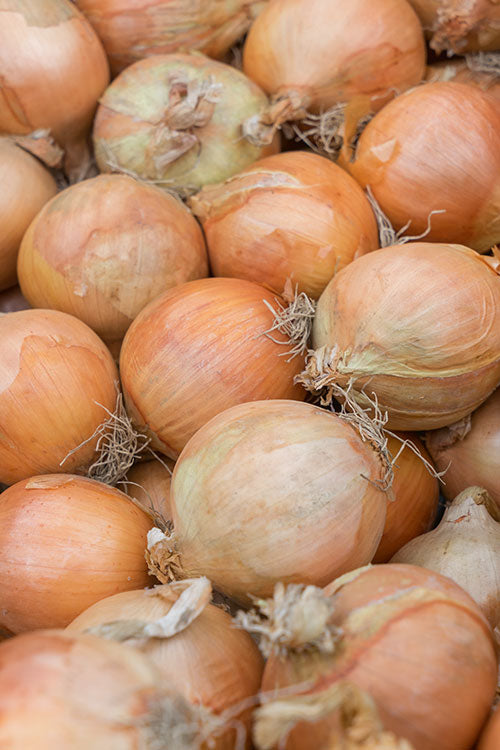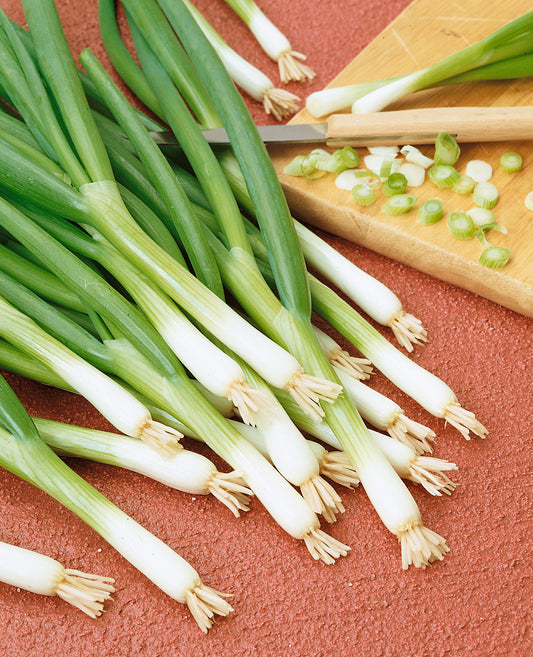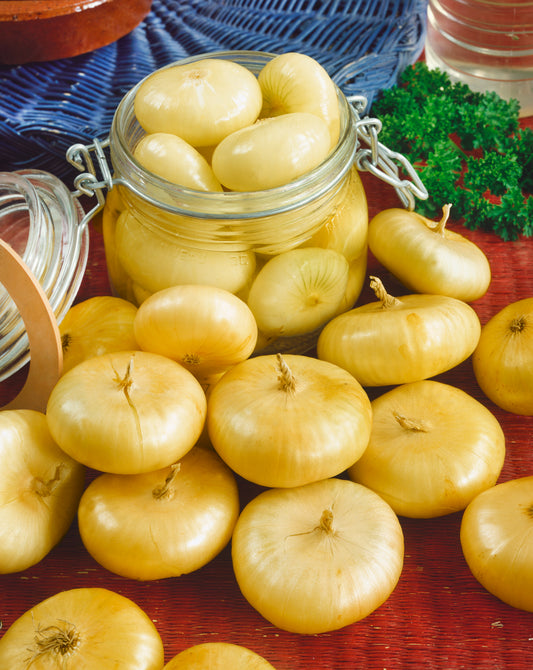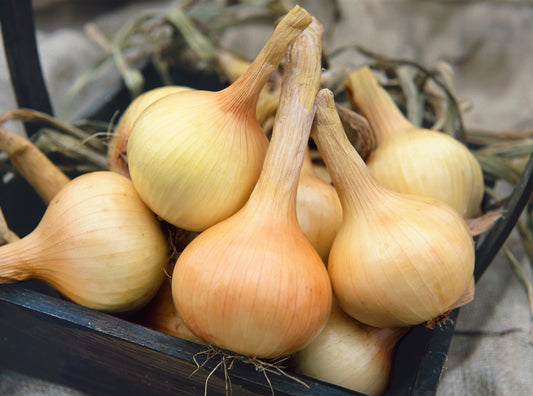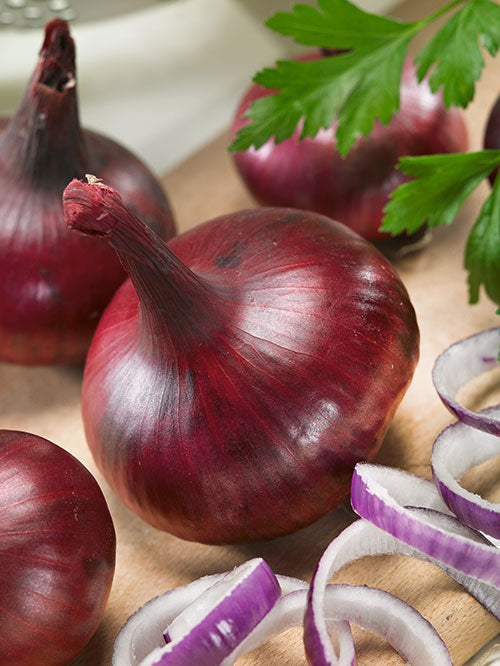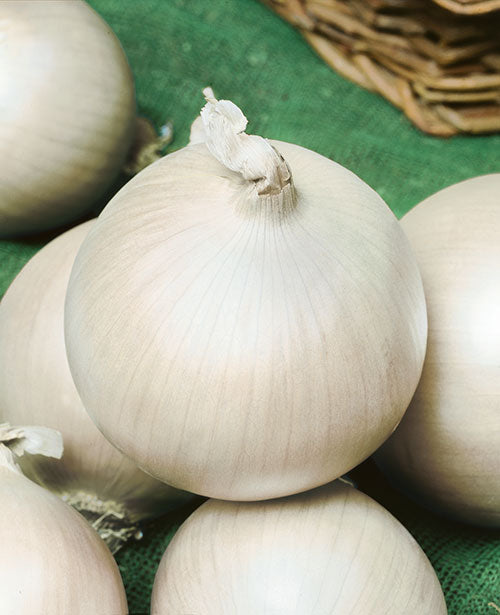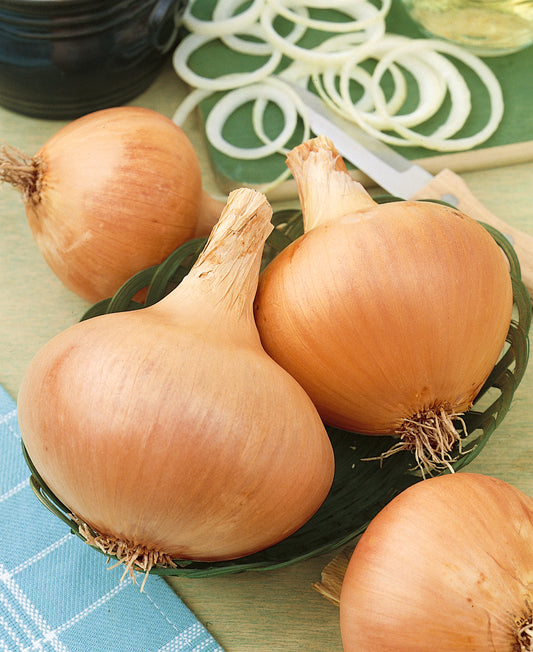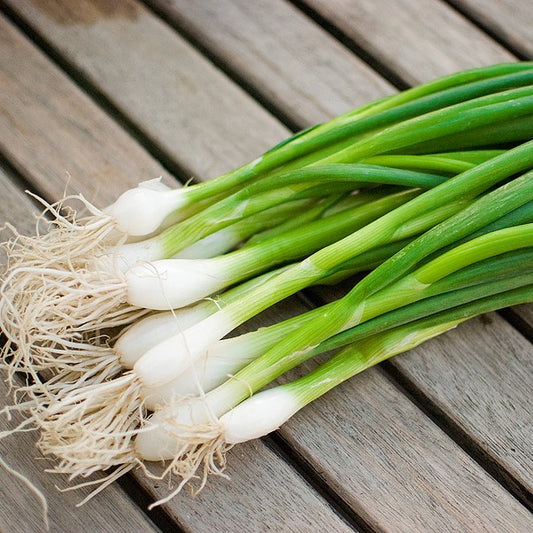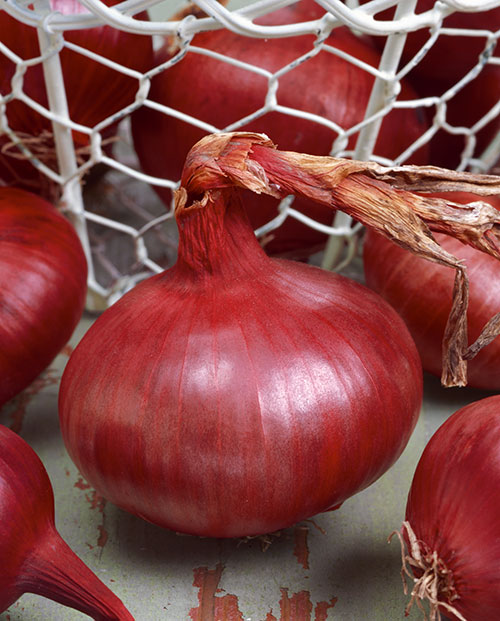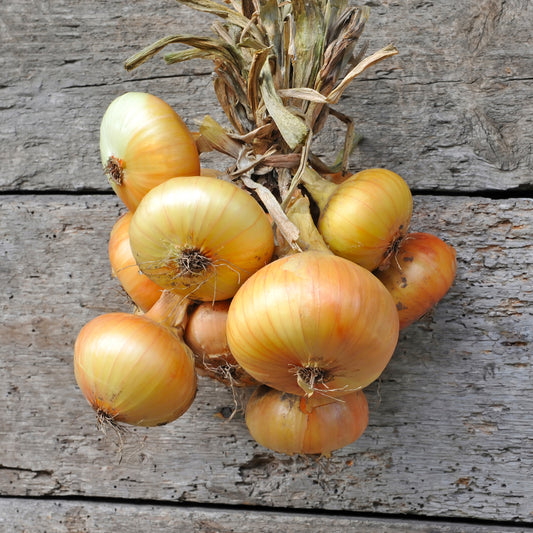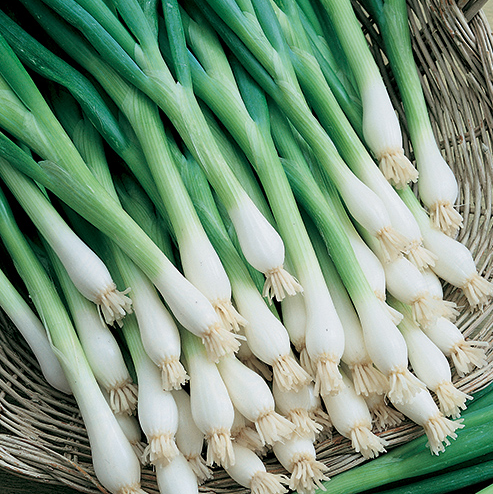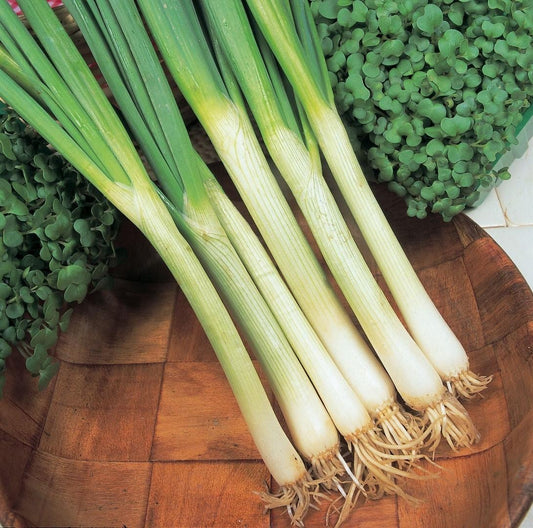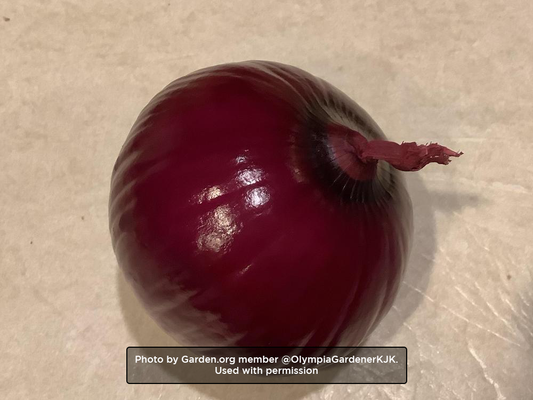-
Yellow Sweet Spanish Onion
Regular price From $3.31 USDRegular priceUnit price per -
Warrior Bunching Onion
Regular price From $2.95 USDRegular priceUnit price per -
Borettana Cipollini Yellow Onion
Regular price $3.25 USDRegular priceUnit price per -
Heshiko Japanese Bunching Onion
Regular price From $2.95 USDRegular priceUnit price per -
Walla Walla Onion
Regular price $3.25 USDRegular priceUnit price per -
Red Burgundy Onion
Regular price From $2.95 USDRegular priceUnit price per -
White Sweet Spanish Onion
Regular price From $3.50 USDRegular priceUnit price per -
Texas Early Grano 502 PRR Onion
Regular price From $2.95 USDRegular priceUnit price per -
Nebuka Evergreen Bunching Onion
Regular price From $3.31 USDRegular priceUnit price per -
Red Creole Onion
Regular price From $2.95 USDRegular priceUnit price per -
Yellow Granex PRR F1 Onion
Regular price From $4.00 USDRegular priceUnit price per -
Tokyo Long White Bunching Onion
Regular price From $2.95 USDRegular priceUnit price per -
White Lisbon Bunching Onion
Regular price From $2.95 USDRegular priceUnit price per -
Ruby Red Onion
Regular price From $3.48 USDRegular priceUnit price per
Selection and Growing Information:
Your geographical location will need to be considered as you select your onion seeds. There are three main types of onions — "short-day," "intermediate-day," and "long-day" varieties. Onions require specific balance of daylight to darkness to perform properly.
The genetic makeup of the particular onion variety is what signals the plant to stop vegetative growth and to start forming the bulb. As the onion matures, the tops will eventually fall and touch the ground, at which point the onion is ready for harvest.
- Short-day varieties
are recommended for the southern U.S. where the temperatures are typically warmer year round.They will make bulbs earlier in the year with only ten to twelve hours of daylight. If grown in the north, they will tend to shut down their vegetative growing and bulb resulting in small, pearl onions.- Intermediate-day onions
typically need twelve to fourteen hours of daylight to trigger the bulbing process. They are suited for most areas.- Long-day varieties
are best suited for the northern states as they need fourteen to sixteen hours of daylight to bulb. In the south, they will grow nice green tops but not bulbs - like bunching onions. Long-day onions are generally more pungent and store better.Growing Instructions:
Plant seeds early in flats, a couple of months before you intend to plant in the garden. The tops will get spindly so use scissors and prune back to two to three inches tall. You may need to do this a few times before transplanting time. Do not throw the clippings away. They make a great topping for a baked potato, a flavoring for a soup recipe or as a garnish on a tossed green salad.
When the soil can be worked, transplant the seedlings with a spacing of two to four inches apart. It is very important to keep them weeded. The early growth of the allium plants is very important.

